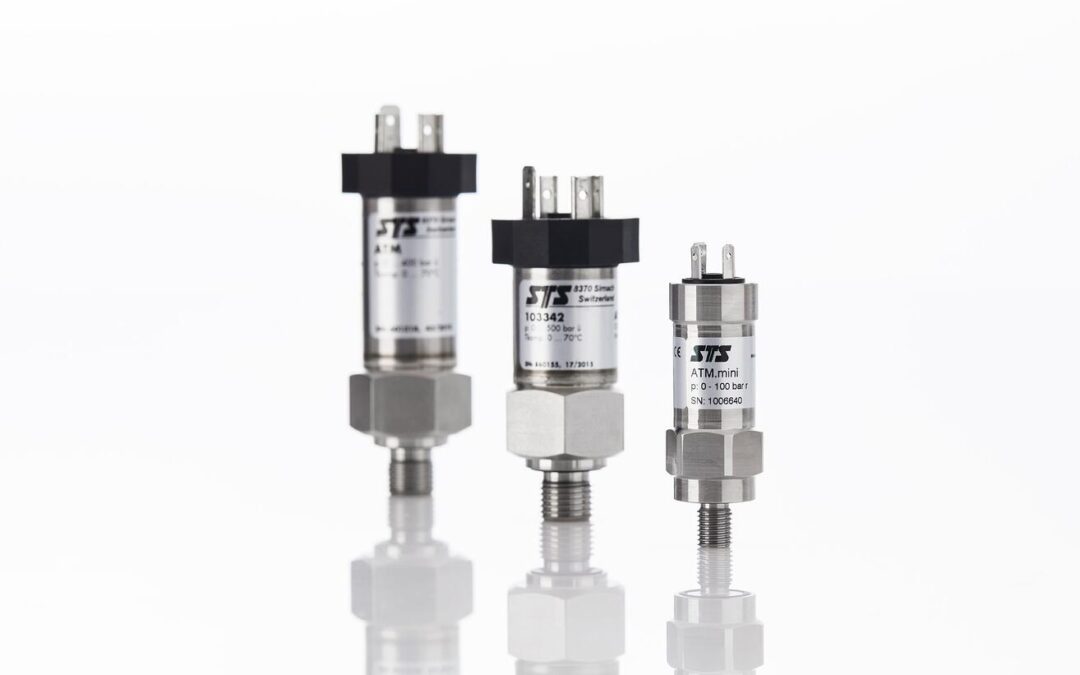
Ensuring EMC When Installing Pressure Transmitters
The term electromagnetic compatibility (EMC) refers to the operation of electrical devices in an electromagnetic environment. Neither should the electromagnetic environment cause interferences in the device nor should the device cause interferences in said environment. EMC phenomena can also have a negative impact on the operation of pressure transmitters. Knowledge of these phenomena is valuable during the installation process in order to preclude electromagnetic interferences (EMI) in advance.
EMC phenomena should always be taken into account when choosing installation locations where electrical devices of all types are present, especially those with high power consumption. These are, just to name a few examples, frequency converters, voltage transformers, pumps and generators.
In general, EMC regulations are specified in various standards (for example EN 61000). Whether a pressure sensor complies with these standards is usually indicated in the product data sheets of the manufacturer, often under the heading “tests”.
EMC phenomena associated with pressure transmitters
Ideally, typical problems associated with EMC are already excluded during installation planning. After installation, electromagnetic interferences can be identified by unexpected measurement results (plausibility check) or an interrupted signal transmission.
In our experience, disturbances are often caused by one of the three EMC phenomena capacitive coupling, inductive coupling or galvanic coupling, which are briefly described below.
Capacitive coupling
Capacitive coupling occurs when electrical conductors with different electrical potentials and a common reference conductor are installed close to each other (millimeters to centimeters). It is therefore a distance-dependent phenomenon in which an electrical charge transfer occurs from one electrical conductor to the other.
Capacitive coupling can falsify the measurement results of analogue pressure transmitters when the interference occurs at the moment of measurement. The pressure transmitter’s electrical output signal is falsified and hence the user receives an incorrect pressure value.
Inductive coupling
If electrical conductors are installed close to each other, their magnetic fields are superimposed. The magnetic field strength of a conductor changes when a current change occurs. A typical example would be switching on a pump. The rule is: the larger the current, the stronger the magnetic field. The sudden change in the magnetic field strength manifests itself in an interference voltage in the adjacent electrical conductors. This phenomenon can also occur together with capacitive coupling. The resulting measurement errors are similar to those already described in the capacitive coupling section above.
Galvanic coupling
If several circuits are conductively connected or use the same conductor, galvanic coupling may occur. In practice, this can be observed when high and low power devices share the same power supply. Current changes in the device with high power consumption can cause a voltage drop in the common conductor and are coupled as a noise in the circuit of the device with low power consumption. This can lead to measurement errors in analog pressure transmitters. The phenomenon rarely occurs with digital measuring devices.
